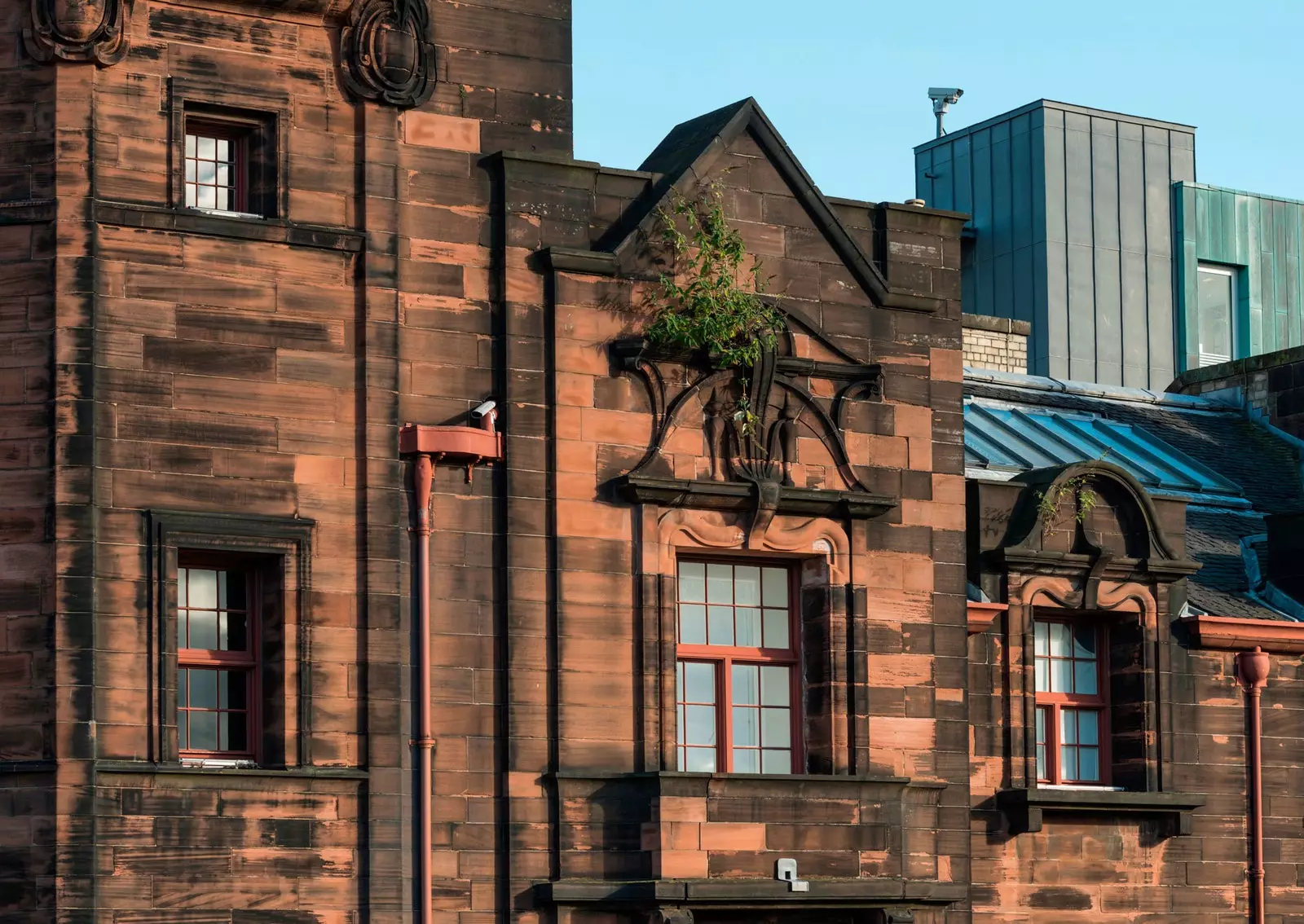
Glasgow Herald building, better known as The Lighthouse
World capital of music, industrial reference and icon of fun: If there is an authentic city —and a rogue!— in the United Kingdom, there is no doubt that it is Glasgow.
And we even travel to her in this article in which, curiously, We are not here to talk to you about its mythical nightclubs or its street art. Not even its historic university or its beloved Clyde, which bisects the city.
Today we want to reveal to you, dear friend, that other artistic side of Glasgow that is pure fantasy: the one granted to him by one of his favorite sons, Charles Rennie Mackintosh.
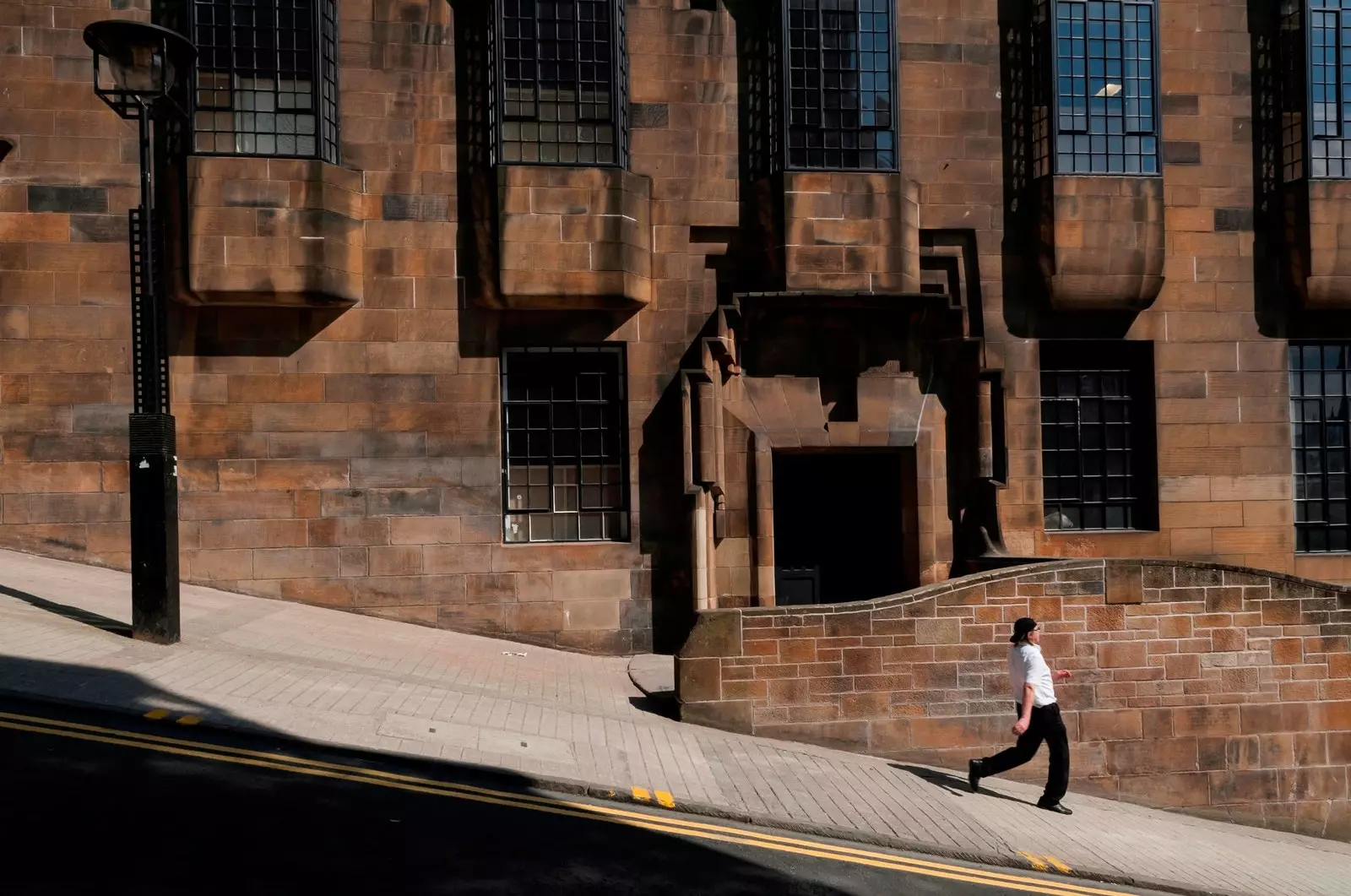
glasgow-style
AND WHO IS HE?
Architect, designer and artist, It was the year 1868 when Glasgow saw the birth, in a humble environment and very close to its renowned cathedral, who would forever change the image of the city in the eyes of the world. Because Mackintosh brought with him a revolution filled to the brim with pure inspiration: his creativity never knew limits.
He was the creator of a movement with its own name, the Glasgow Style, a mix between the Scottish baronial tradition, Japanese simplicity and the natural curves of art nouveau. that made his legacy a treasure.
Its stylized lines, its peculiar drawings of roses, its stained glass windows... caused that there is no one who in their right mind sets foot in this unique city without plunging into the world of the great Scottish genius.
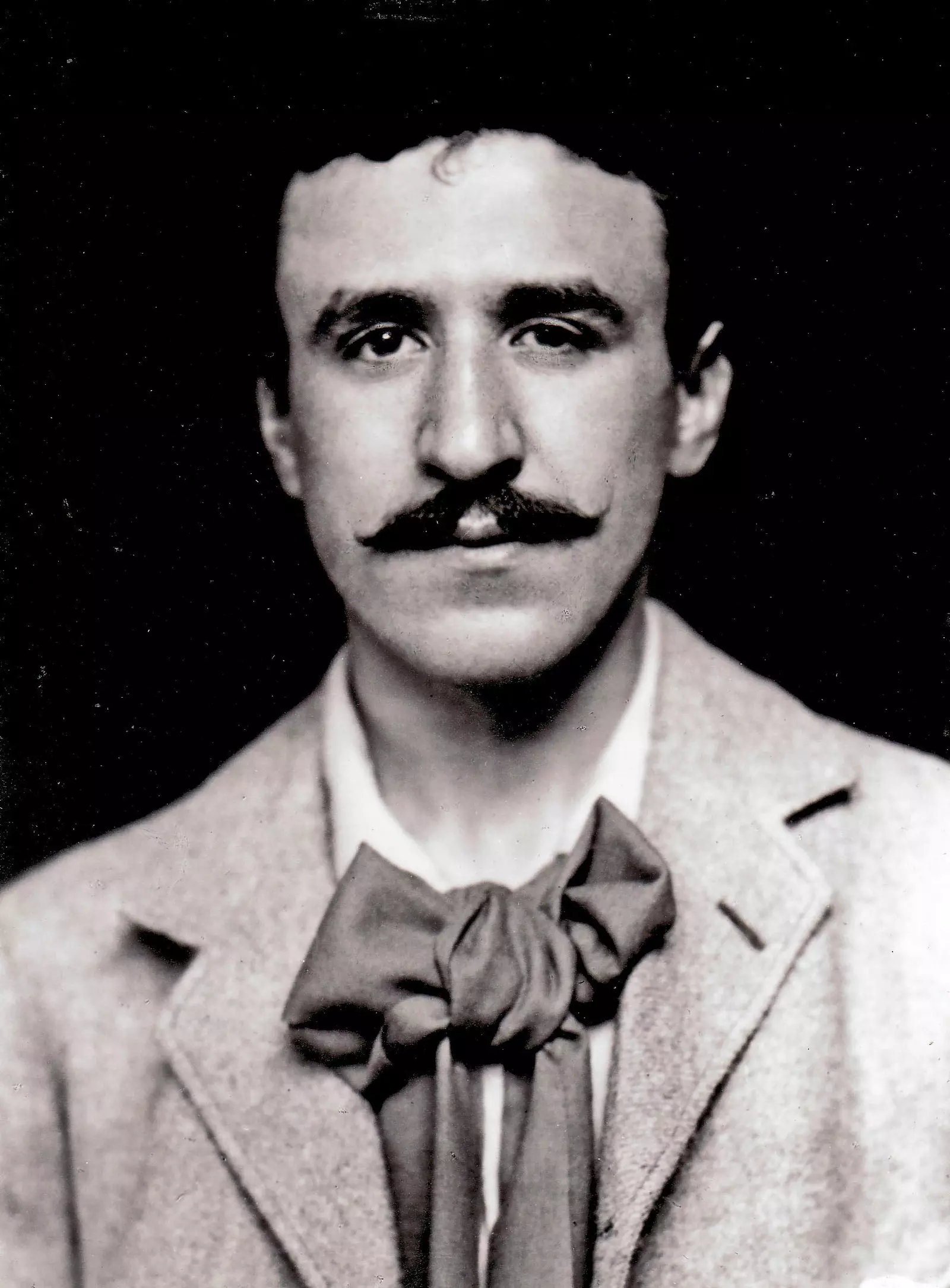
Charles Rennie Mackintosh (1868 - 1928)
OK, NOW, WHERE DO I START?
We start this journey into the Charles Rennie Mackintosh universe and we do it in a big way. In the very heart of Glasgow is the Glasgow School of Art, an architectural symbol considered one of the most prestigious schools of art and design in the world. This was, without a doubt, Mackintosh's great masterpiece.
And we say “was” because here we bring you a —ahem— small “but”: This building designed at the end of the 19th century has been burned twice, the first in 2014 and the last in 2018.
What does this mean? Well, still It is in the process of being restored and, therefore, it is not possible to visit it. But let's do one thing: close our eyes and imagine the following.
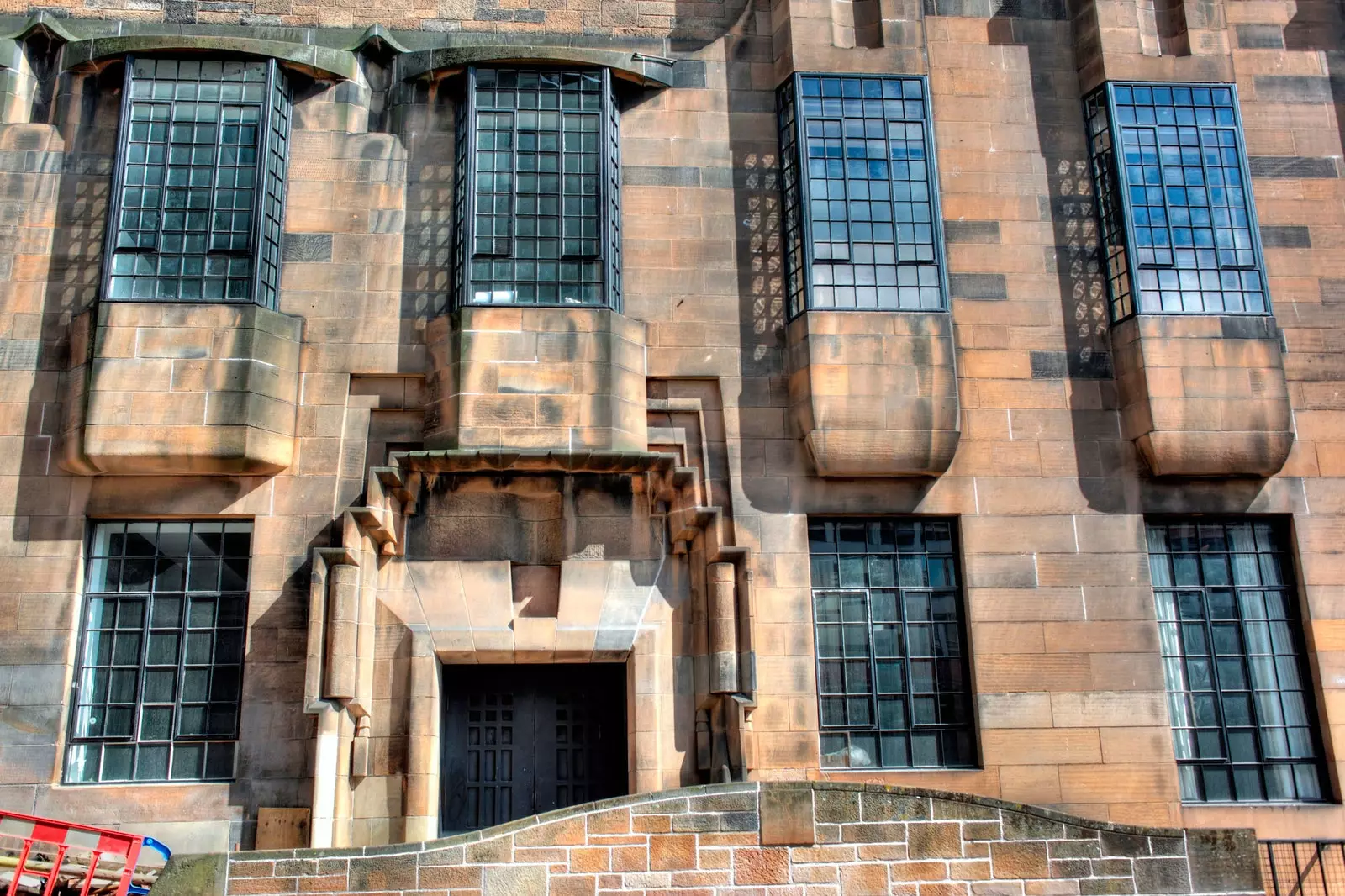
Glasgow School of Art, in Renfrew Street
Let's fantasize about that stone facade that, although at first glance rough and austere, is full of almost imperceptible details in which the creative spirit of Mackintosh is visible thanks to the forge, which gives figures of birds, trees, insects or bells in a clear nod to Saint Mungo, patron saint of Glasgow.
The large, elongated windows let light enter the interior, providing all the functionality that was required of a space that was used as an artists studio until the unfortunate accident.
The straight lines were smoothly transformed into curves that brought a wonderful delicacy to each stroke. The library was always one of the most legendary corners of the building, where Mackintosh really shined: these are big words.
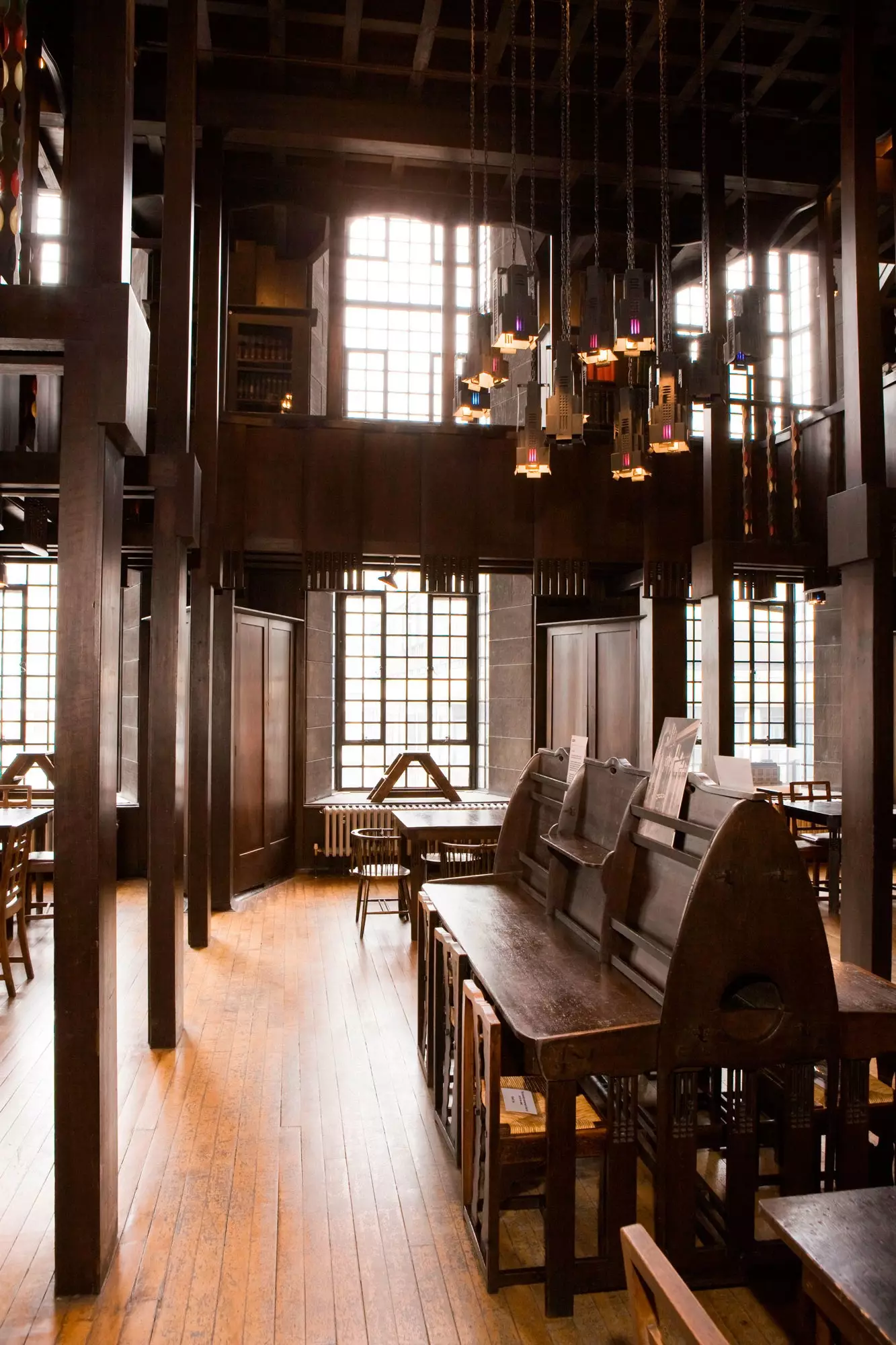
The Glasgow School of Art Library
To continue talking about jewels —which our admired artist knew a lot about— our steps head a little further north: to the Queen's Cross Church, also known as the Mackintosh Church, the only church designed by him.
The commission that he received back in 1896 splurges Mackintosh in every corner: despite the sobriety in the design, those stained glass windows —oh!— decorated with floral details so typical of the Scottish artist -especially the one that governs the presbytery- make us simply die of love -art-.
Today the place houses the Friends of Charles Rennie Mackintosh Association, an independent, non-profit organization that has been working since 1973 to keep the Scottish legacy alive through exhibitions and conferences.
For this reason, and for the passion they profess for everything that sounds like him, there is always an occasional member swarming around willing to attend to visitors and answer all the curiosities along the way.
Of course, after the lively talk, nothing like having a delicious hot chocolate in the church cafeteria and visit both the charming library and the souvenir shop. In it you will find the most unexpected articles about the artist.
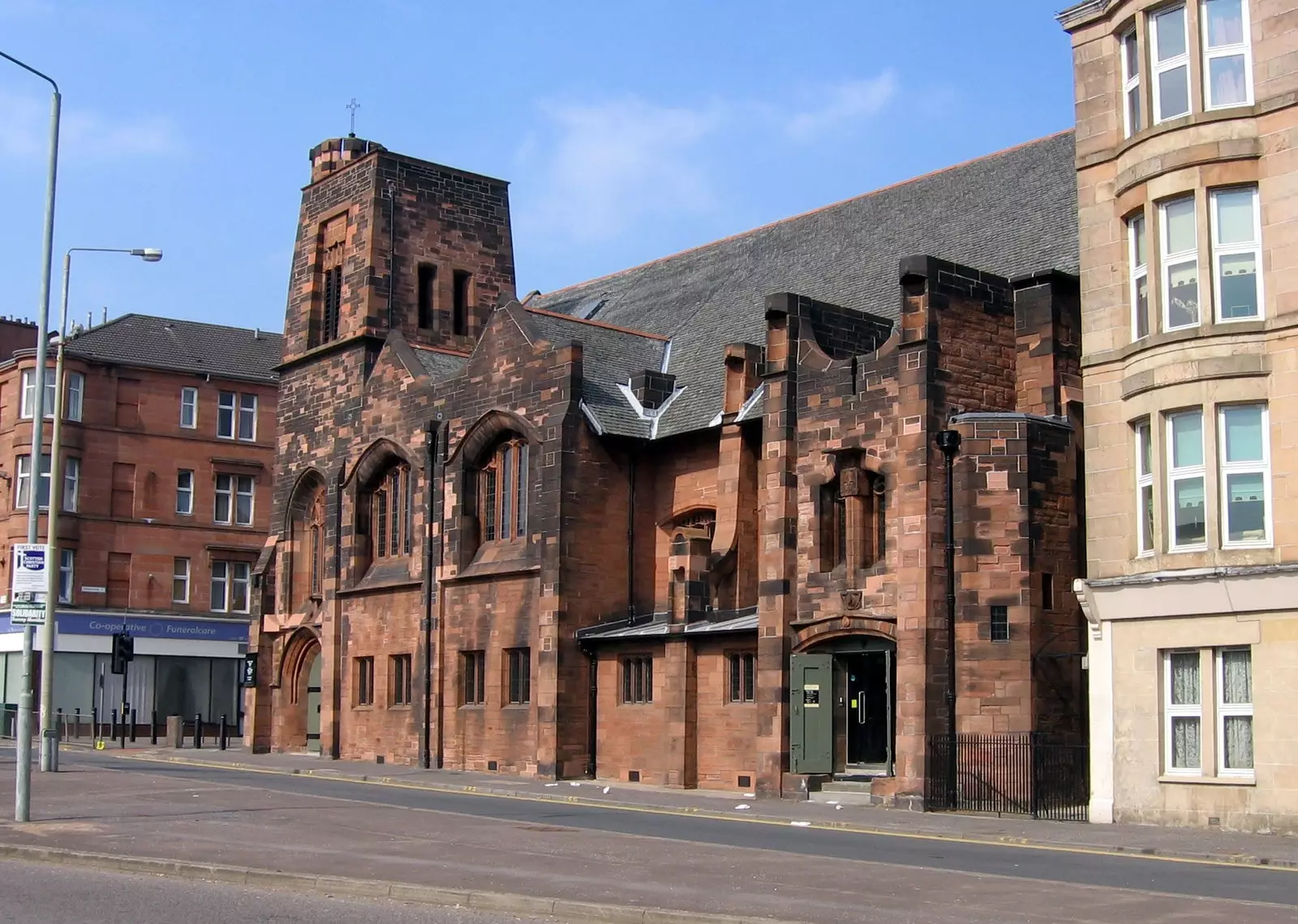
Queen's Cross Church, also known as the Mackintosh Church
THIS IS HOW MACKINTOSH LIVED, LIKE THIS, LIKE THIS
Not far away, next to the eclectic Kelvingroove Art Gallery & Museum —which, by the way, also has a spectacular collection of furniture by the artist that you shouldn't miss for the world— is the Mackintosh House, a replica of what was the home of the marriage of Charles and his wife Margaret MacDonald between 1906 and 1914.
The original house was demolished 60 years ago, but it was rebuilt with the same characteristics. —from the furnishings to the location of the windows and even the orientation of the house are the same—next to the Hunterian Gallery at the University of Glasgow.
To visit his rooms and discover a little more about the life of these two great geniuses —his wife also had a talent that, mind you—, there is only Sign up for one of the guided tours. This way you will enjoy, again, the originality and imagination that both applied to each element and each detail, much more so in this case, in which they shaped their own house.
What is most surprising is the modernity in absolutely every aspect: Mackintosh created an entire identity reflected in the design with which he revolutionized what was established until then, making it clear that he was a visionary, ahead of his time. After we contemplate his stylized dining room, the infinite lines of the armchairs, chairs or lamps, or his splendid living room, little more needs to be said.
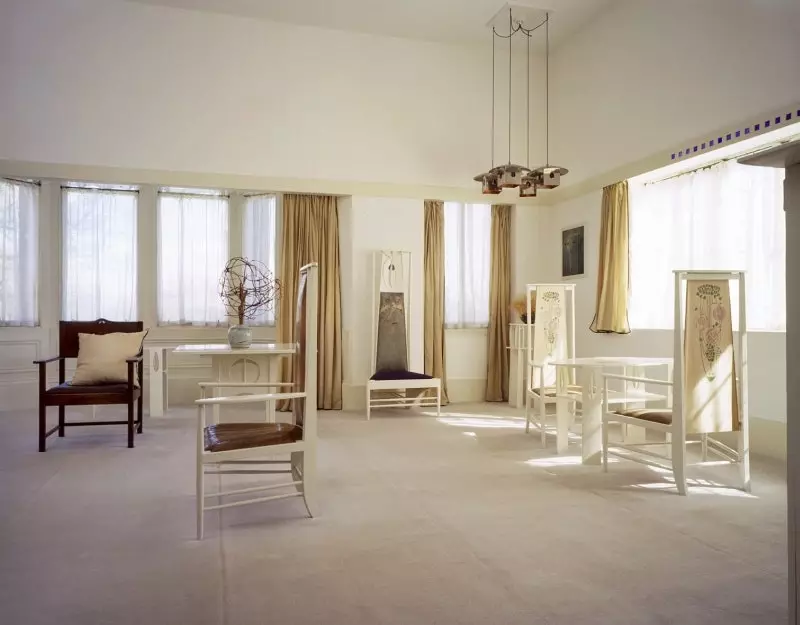
The Mackitosh House, drawing room, S.E. corner (2008)
But let's say, that's what we're here for. And how about doing it back to the city center? The first stop we make it in mitchell street , among some of the iconic murals that so much represent the cultural spirit of the city.
Here it is The Lighthouse, the original headquarters of The Glasgow Herald newspaper, whose building was the first public commission received by Mackintosh. An imposing red brick construction whose corner has a tower that emulates a lighthouse —the views from the top and its peculiar spiral staircase are worth the climb—, hence its name.
The details that reveal those places that belong to the Mackintosh universe are scattered both outside and inside the building. Today, the enigmatic construction houses the Scottish Center for Design and Architecture, which also has a Charles Rennie Mackintosh Interpretation Center and his creations where you not only get to know his legacy, but also understand the great influence he exerted on many of the great artists who came after him.

The spiral staircase of The Lighthouse
HOW ABOUT A MACKINTOSH CUP OF TEA?
But since so much beautiful art deserves to be assimilated in peace, we suggest you walk a few steps to 217 Sauchiehall Street. there it is Mackintosh at The Willow, the only one of four beautiful tea rooms that the young entrepreneur Catherine Cranston founded thanks to the design of Mackintosh himself in the late 19th century.
Entering it is like entering the very fantasy world of Alice in Wonderland. Sitting in one of those chairs with infinite backs, so Mackintosh, here it is enjoy one of those iconic afternoon teas that we love so much.
While we take a first bite of our scone with jam, we take the opportunity to contemplate the beautiful furniture, the unique stained glass windows and the cultural atmosphere that even today, more than a century and a half later, is still breathed inside. By the way, his souvenir shop will inevitably make us spend a few pounds.
